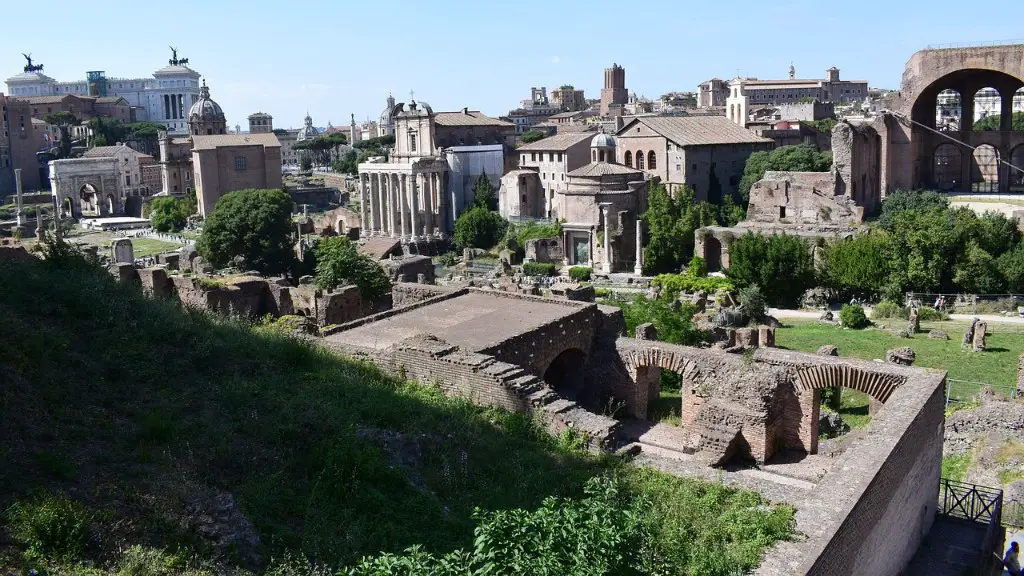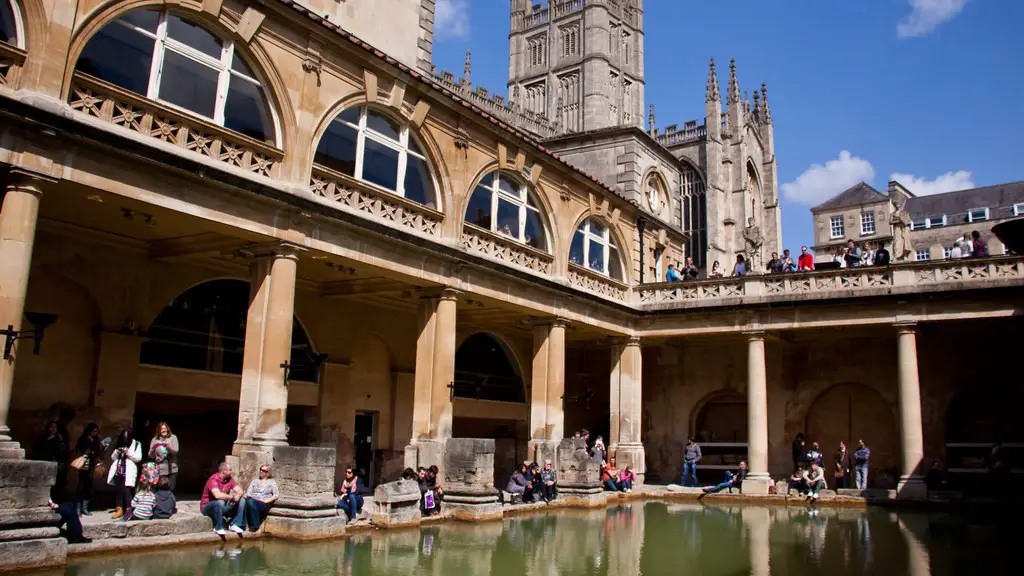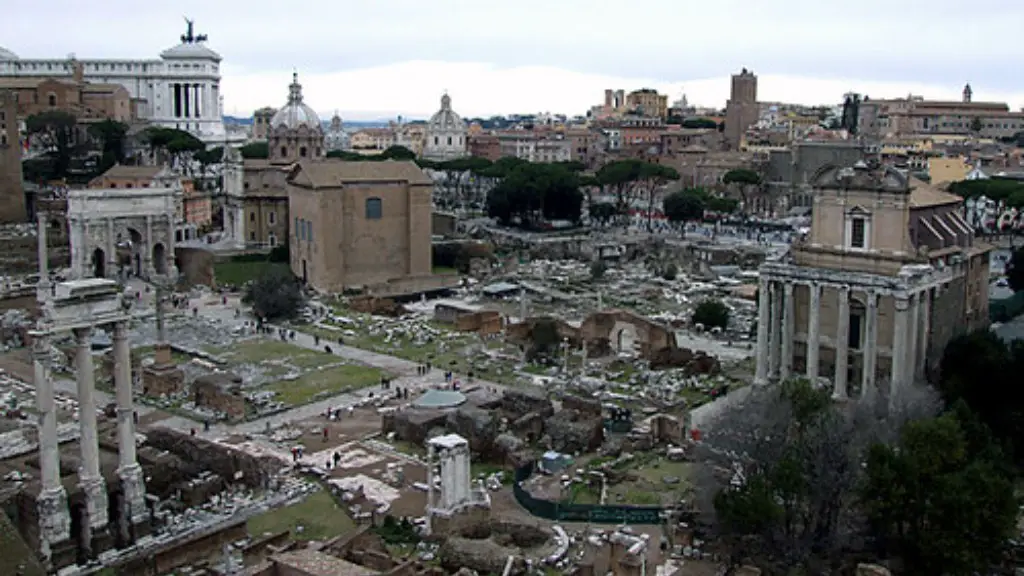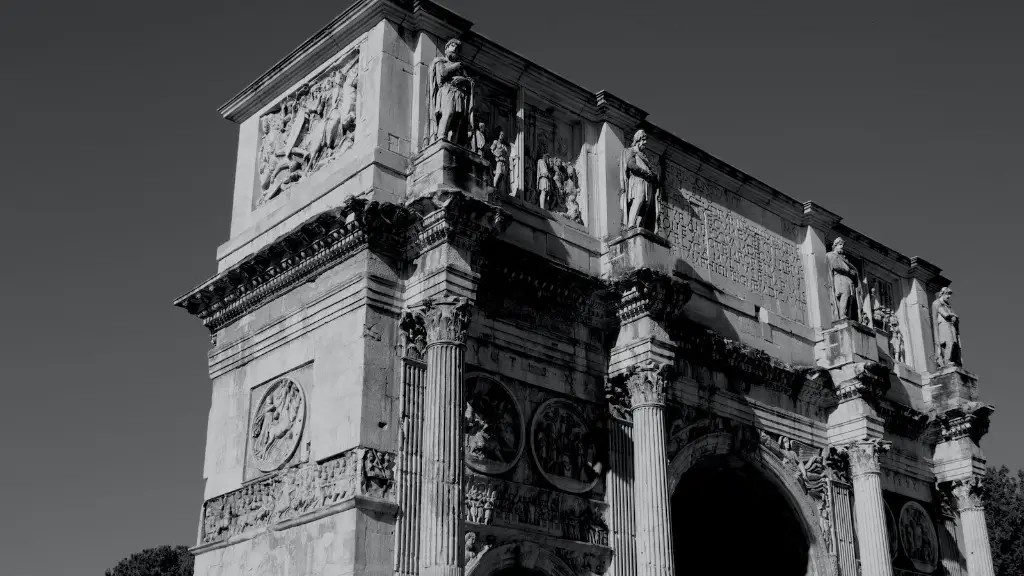Politics and Collaboration under Ancient Roman Government
Ancient Rome had a government system of its own called the Roman Republic. This government had a theoretical form of democracy, but it was not necessarily a democracy in practice. Which was quite common for the time period, most people had very little say in the way things got done. This article will explore where the Roman Republic’s government would meet and the manner in which decisions were made.
The government of ancient Rome was largely collaborative, with consensus being reached among the leadership before any action was taken. It is known that the Senate of Rome was the main body of the government and based on its name, it implies that the Senate was the place where the decisions were made. The Senate was made up of Roman patricians, or members of the upper class, who had been elected by the people of Rome. The Senate also had various positions within it, such as the cognomen of Censors, who were responsible for accounting for the citizens of Rome.
The Senate would meet in a structure called a Curia, which was a large building or hall located within the area of the Roman Forum. This was the space where members of the Senate would debate and decide on matters faced by the Roman Republic. All of these discussions were recorded in a number of books to ensure that the official record was kept for posterity. The Senate was also the main legislative body and had the authority to pass laws, although the Roman people had to ratify the laws for them to officially become law.
Besides the Senate, there were other governing bodies in the Republic such as the Aediles, which were responsible for public works; the Quaestors, who had the role of managing the treasury of Rome; the Plebeian Council, which was the assembly of the common people; and the Tribunate, which had the task of protecting the rights of the people. Each of these entities had their own meetings and would take part in the discussions of the Senate as needed.
The governing system of Ancient Rome was quite complex and the decision-making process could take weeks or even months for big decisions. However, when the Republic was functioning at its best, it was a system of government that was able to respond effectively to the needs of the people and accomplish a lot in the process.
The Impact of Envoys from other Nations
When citizens from other nations or groups had something to bring before the Senate, they could send an envoy to Rome. This envoy would be received in a particular hall, and then was given the opportunity to argue their case to the Senate. If their case was found to be persuasive, then their terms would be accepted. This allowed foreign envoys to have a direct impact on the decisions of the Senate.
The presence of the foreign envoys usually created a great degree of excitement in the city of Rome, as it was considered an honor to be able to meet with the leaders of the Senate and have their ideas heard. Of course, the presence of foreign envoys also increased the workload of the Roman senators, which meant that meetings could be quite long and tiring.
It is clear that the Senate meetings of the Roman Republic played a crucial role in the nation’s success. This is illustrated by the fact that the Roman Republic was able to survive and even thrive for hundreds of years upon the basis of the decisions made and reforms put in place by its Senate.
The Significance of Senate Gatherings
Senate meetings were taken very seriously by the people of Rome during the Republic period. It was believed that the fate of the nation was in the hands of these leaders, and that the meetings of the Senate held a great deal of significance for the future of Rome. This was reflected in the amount of respect and prestige that was accorded to members of the Senate.
The Senate meetings were even seen as a form of entertainment, as the debates and debates often became quite heated and could even spread throughout the city. This was similar in some ways to modern election campaigns, where the speeches of the candidates are hotly contested and the discussion sometimes spread throughout the media.
Despite all of the attention and drama surrounding the Senate meetings, the main purpose of the meetings was to make the best decisions for the good of the Republic. As a result, groups and leaders would come to the meetings of the Senate with ideas, proposals and plans to try and make Rome a better place politically and socially.
Modern Impact of Ancient Rome Senate
The legacy of the Roman Senate meetings still have a lasting impact on today’s political systems around the world. The debates and discussions that took place in those meetings served to not only shape the structure of Roman government but also highlighted the importance of democracy and collaboration in order reach the best decisions. Many of the practices and methods used in the Senate meetings of Rome are still used in modern-day meetings and debates between political parties and nation-states.
As an example of the modern impact of Roman Senate meetings, the American-style two-party system of government which exists today is a direct consequence of the Roman concept of having two major competing parties. This type of system has been used to great effect in many countries around the world, and it is yet another example of the lasting impact that the Roman Senate meetings have had.
While the Roman Senate meetings may have originated in Ancient Rome thousands of years ago, their impact and legacy can still be felt today in the way governments make decisions. This shows the timelessness of this form of government, and why it is still studied and discussed even today.
Conclusion
The meetings of the Roman Senate were an integral part of the Roman Republic and its political system. The meetings took place in the Curia, a large building or hall located in the Roman Forum, and were attended by elected members of the Senate, other government representatives, and foreign envoys. Through these meetings, the Senate was able to pass laws, form policies, and make decisions that would shape the future of Rome. This form of government and the decisions made at the Senate meetings had a lasting impact on the world, and it continues to be studied and discussed even today.



